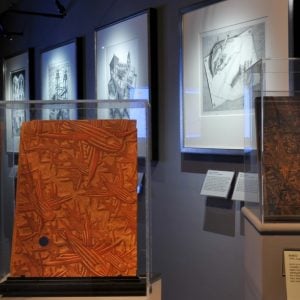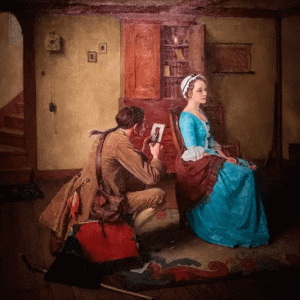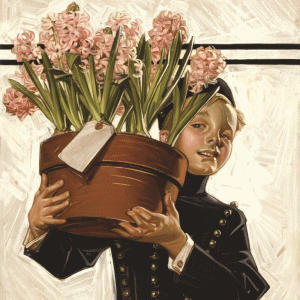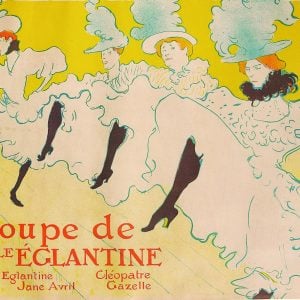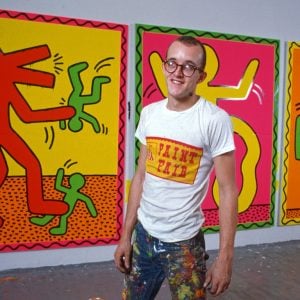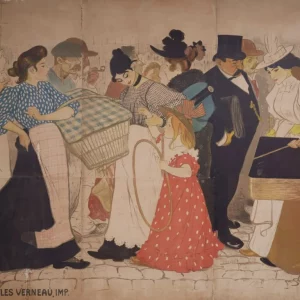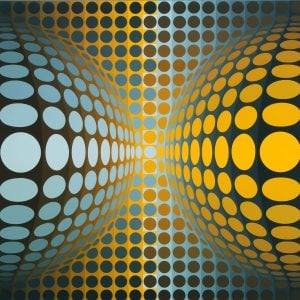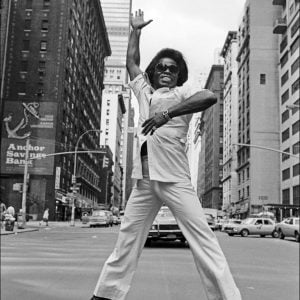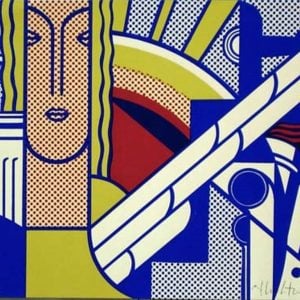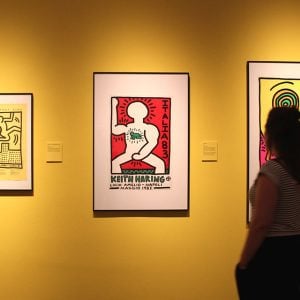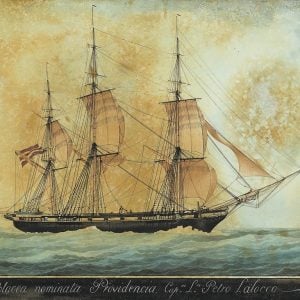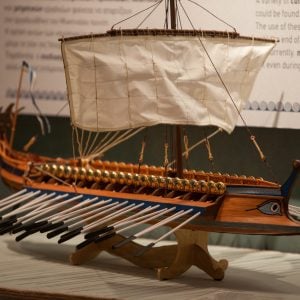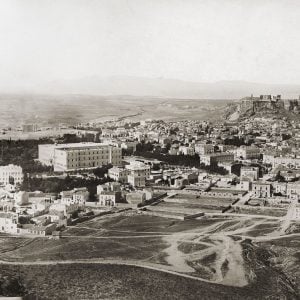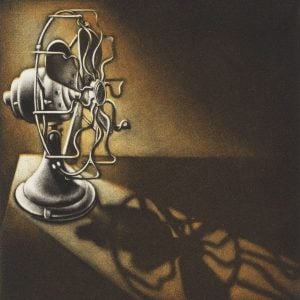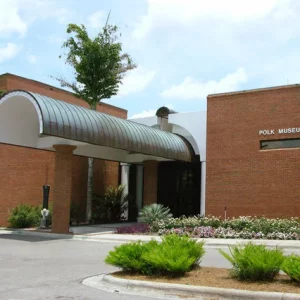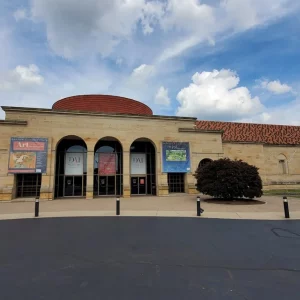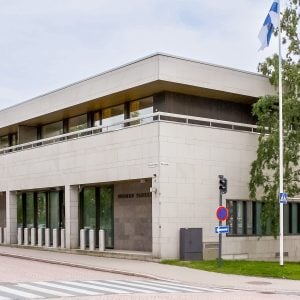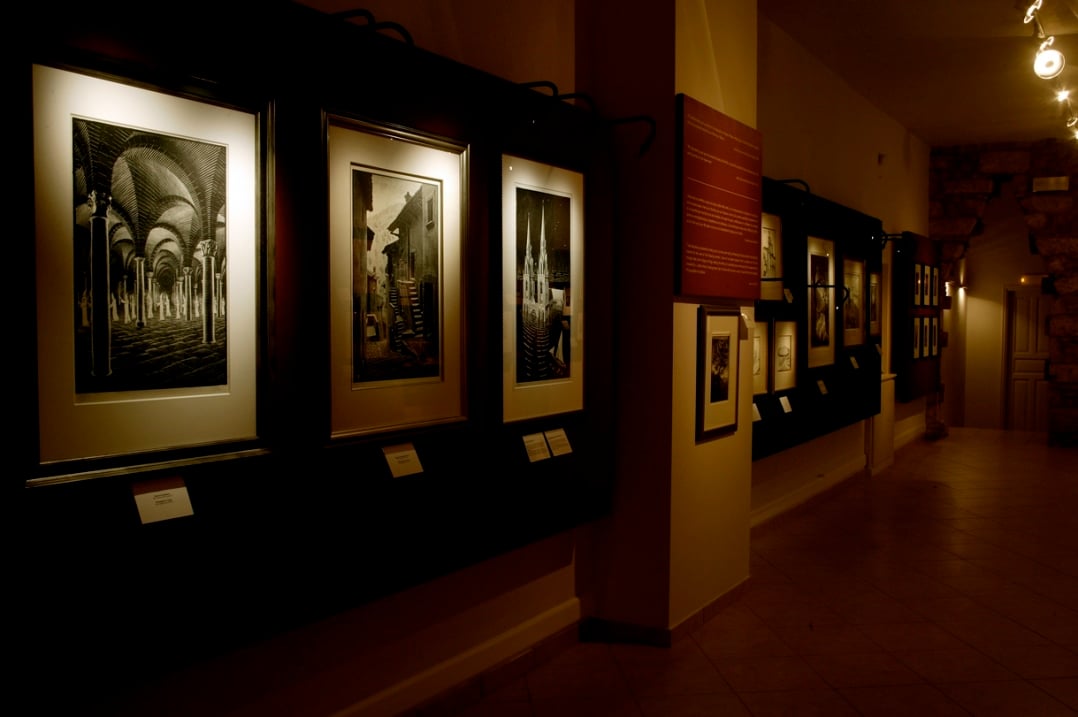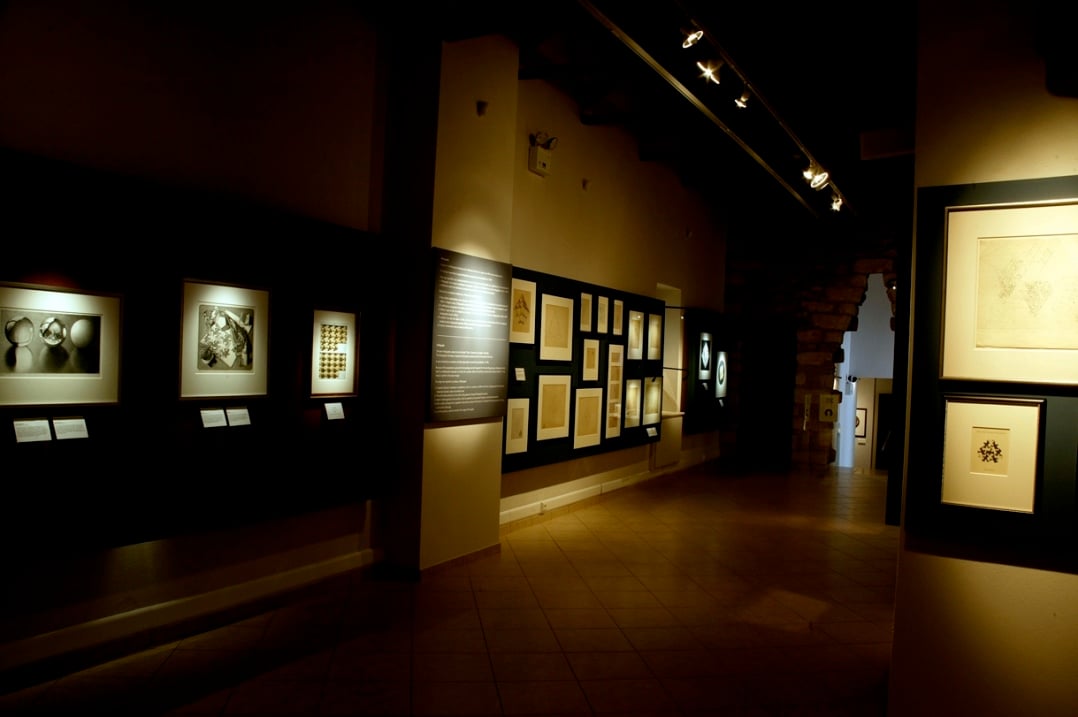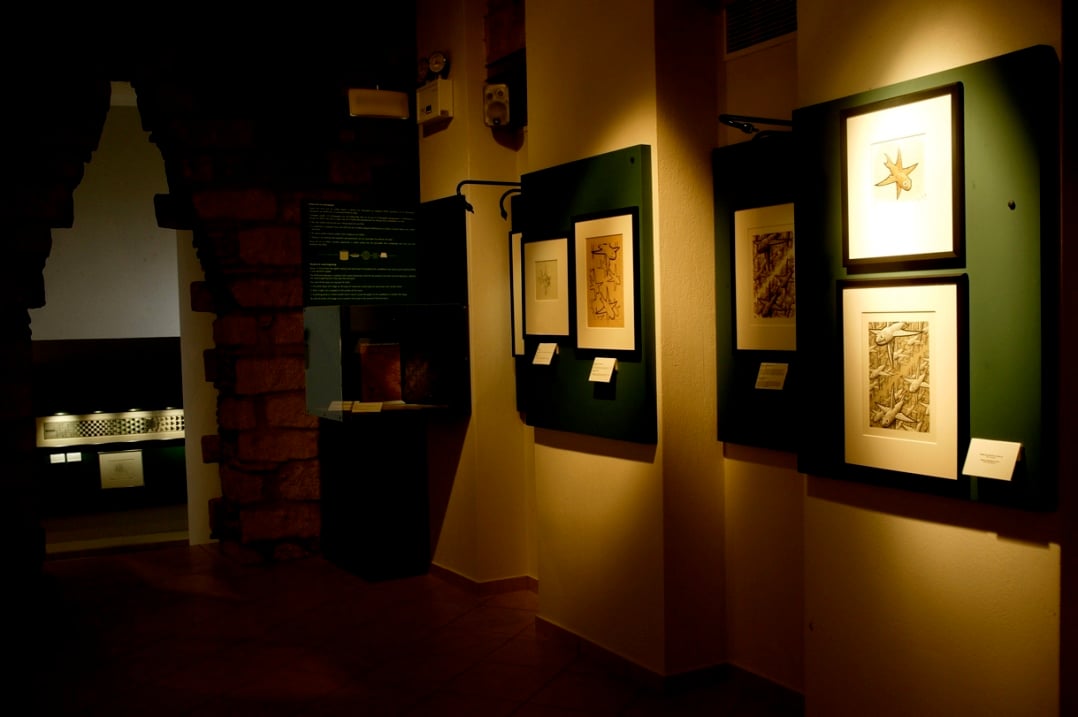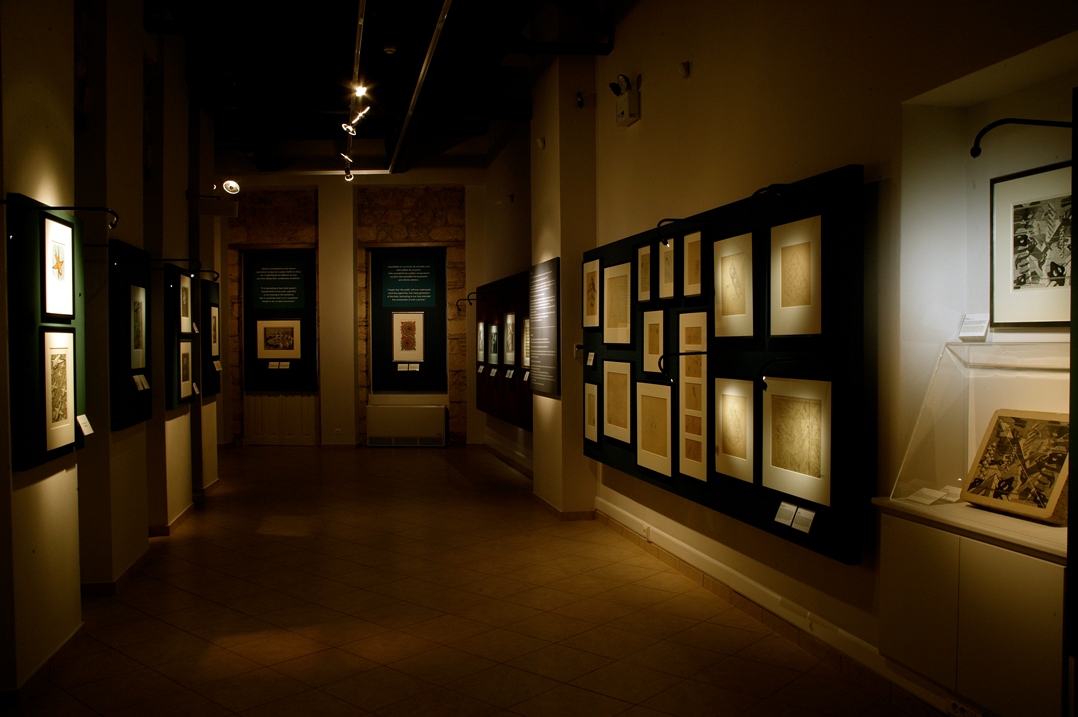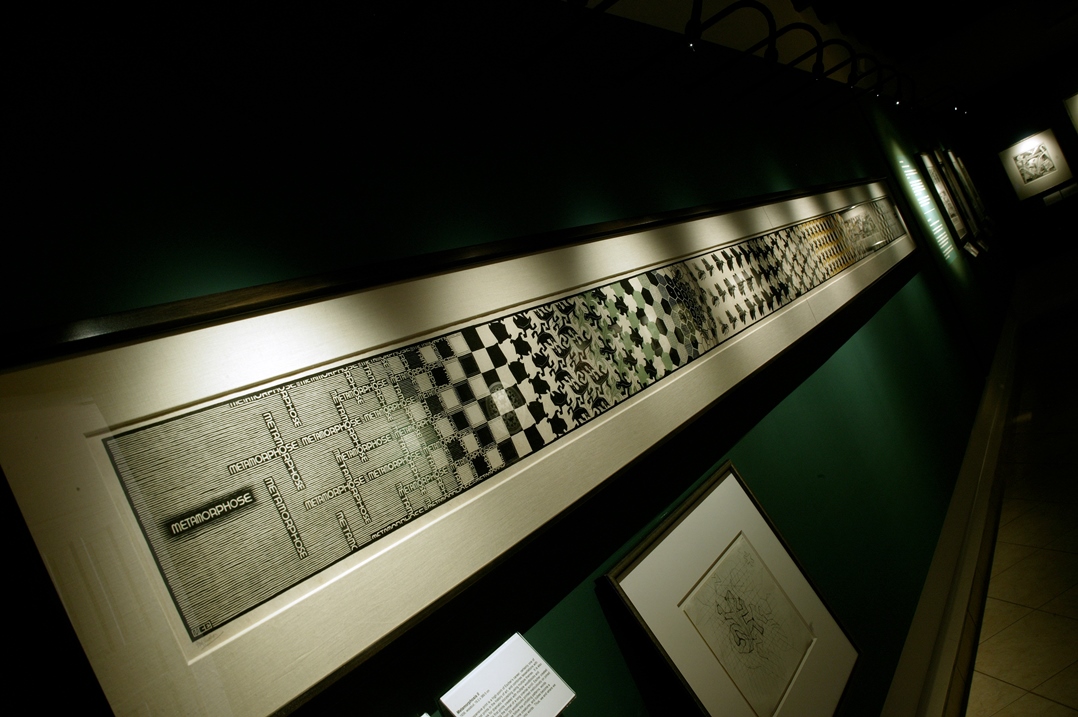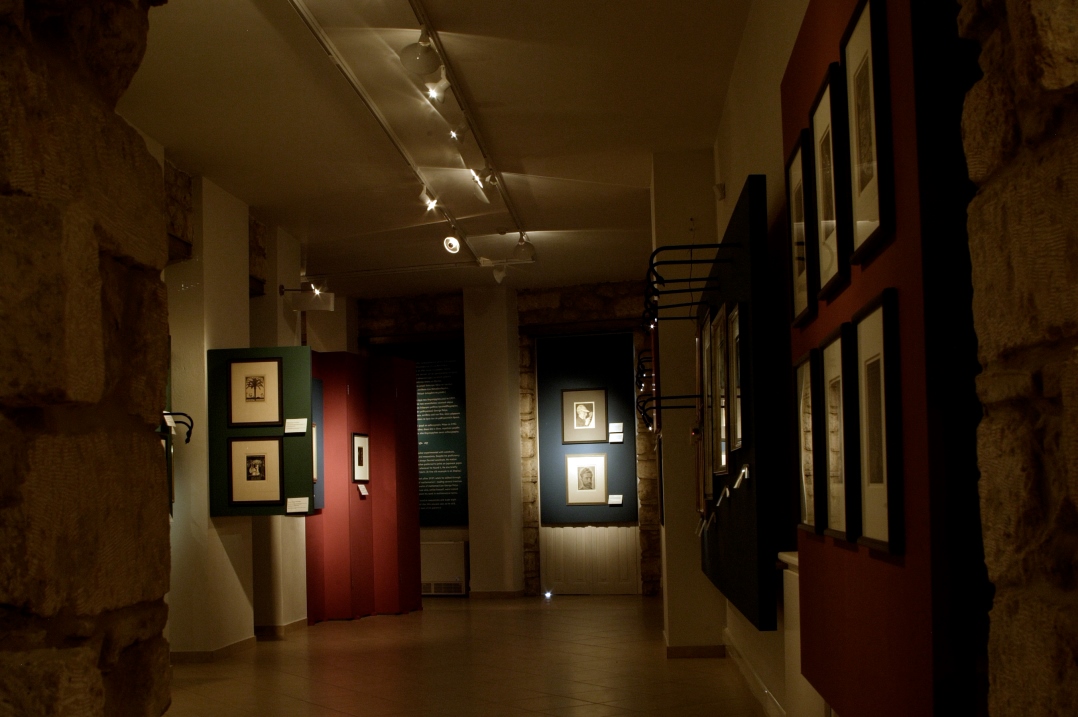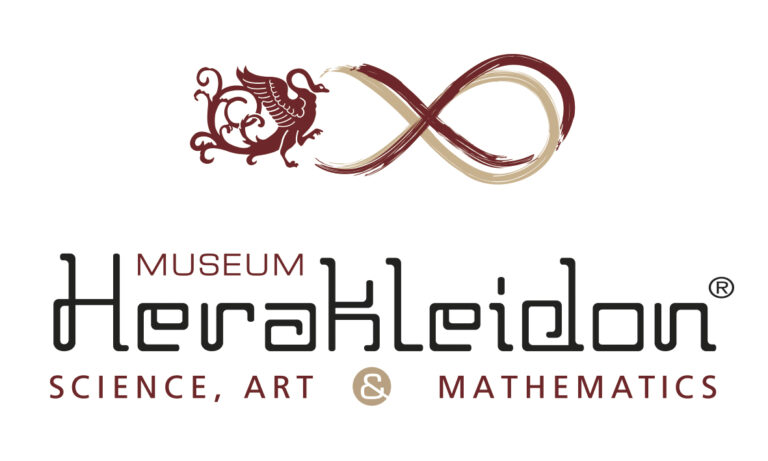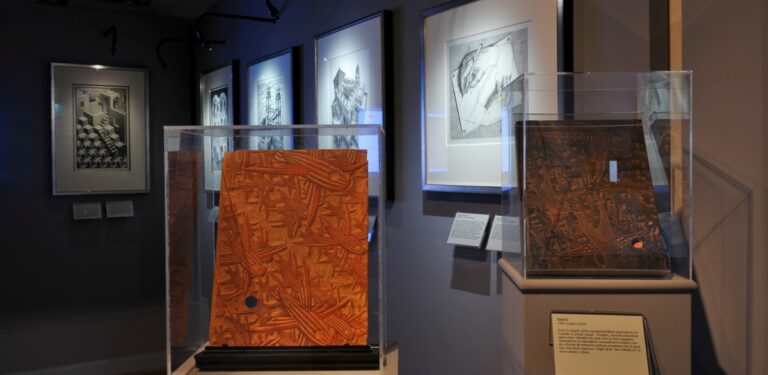The Herakleidon Museum opened its doors with an exhibition of works by the leading Dutch graphic artist M.C. Escher (1898-1972), a defining presence in 20th century art. The museum’s collection consists of more than of 250 of his most important and rare works as well as woodcuts, mezzotints, lithographs, photographs of the artist, sculptures and many of his personal items. The great breadth of the exhibition allowed the visitor to discover the power of an artist whose work has been an inspiration for his peers around the world.
Maurits Cornelis Escher was born on June 17, 1898, in Leeuwarden, a city in northern Holland. At an early age, he showed his special talent for drawing, and in high school he was already making linocuts with the assistance of his art teacher. His parents urged him to study architecture and he enrolled at the School for Architecture and Decorative Arts in Haarlem.
It was immediately apparent to Escher that his true loves were drawing and graphic art, and even though his work would always reflect a deep understanding of architecture, from that moment onward he devoted himself to the graphic arts.
Like many artists before him, Escher was drawn to Italy, and after he finished his studies he moved there, living in Rome and traveling widely throughout the country from 1923 to 1935. It was in Italy that he met his wife and where two of his three sons were born. During this time, he concentrated on making realistic landscapes and city scenes that are notable for their remarkable feeling for the structure of volumes in space.
After 1937, Escher’s work became more fully grounded in his own imagination, and he began to create the startling illusionist images for which he is so famous. He continually invented new visual constructions to challenge the conventional perception of spatial relationships. He brought to this quest not only his superb draftsmanship and knowledge of geometry and other forms of mathematics, but also humor, fantasy, and his passion for regular divisions of the plane and limitless space. By the 1950s, he had developed a following among scientists, and his work has since become a symbolic bridge between science and art. Escher died on March 27, 1972, at the age of seventy-three.
Throughout his life woodcuts and wood engravings were Escher’s favorite forms of expression. The culmination of his career was his last work, “Snakes”, a masterpiece in three colors that required nine perfectly aligned impressions in order to achieve the final print.
Even though his most famous works are lithographs, the copper engraving titled “Eye” is considered by many art critics to be the best example of the artist’s expressive techniques.
The exhibition included, among others, the full set of drawings and final prints of the woodcut “Depth” and the lithograph “Flatworms”, as well as the original woodblocks and the lithographic stone used for these by M.C. Escher.
“Cubic Space Division” (sculpture study) on exhibit, was also the three-dimensional cube used by the artist for the creation of his work “Cubic Space Division”. It is worth noting that this stone, weighing 40 kilos, is one of a handful of Bavarian limestones left in his estate, because the artist would scrub, polish, and then reuse them.
